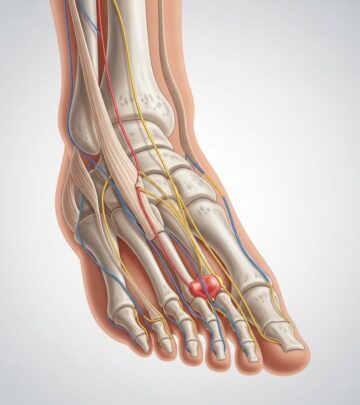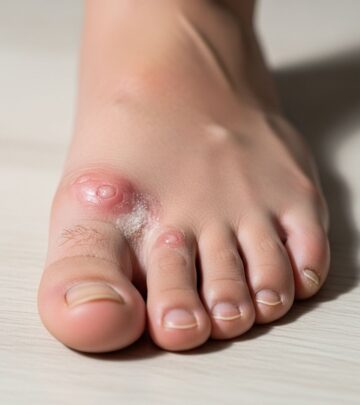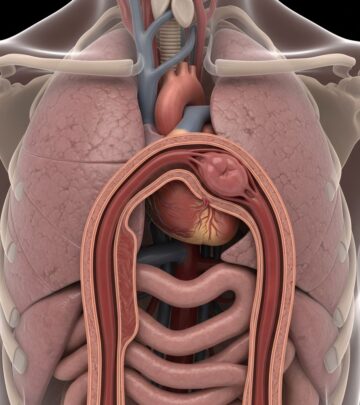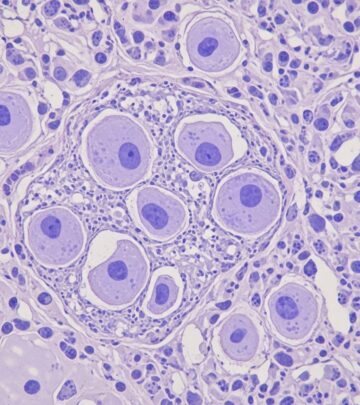COPD: Symptoms, Causes, and Prevention Essentials
Understand chronic obstructive pulmonary disease (COPD): its symptoms, causes, prevention, and impact on quality of life.
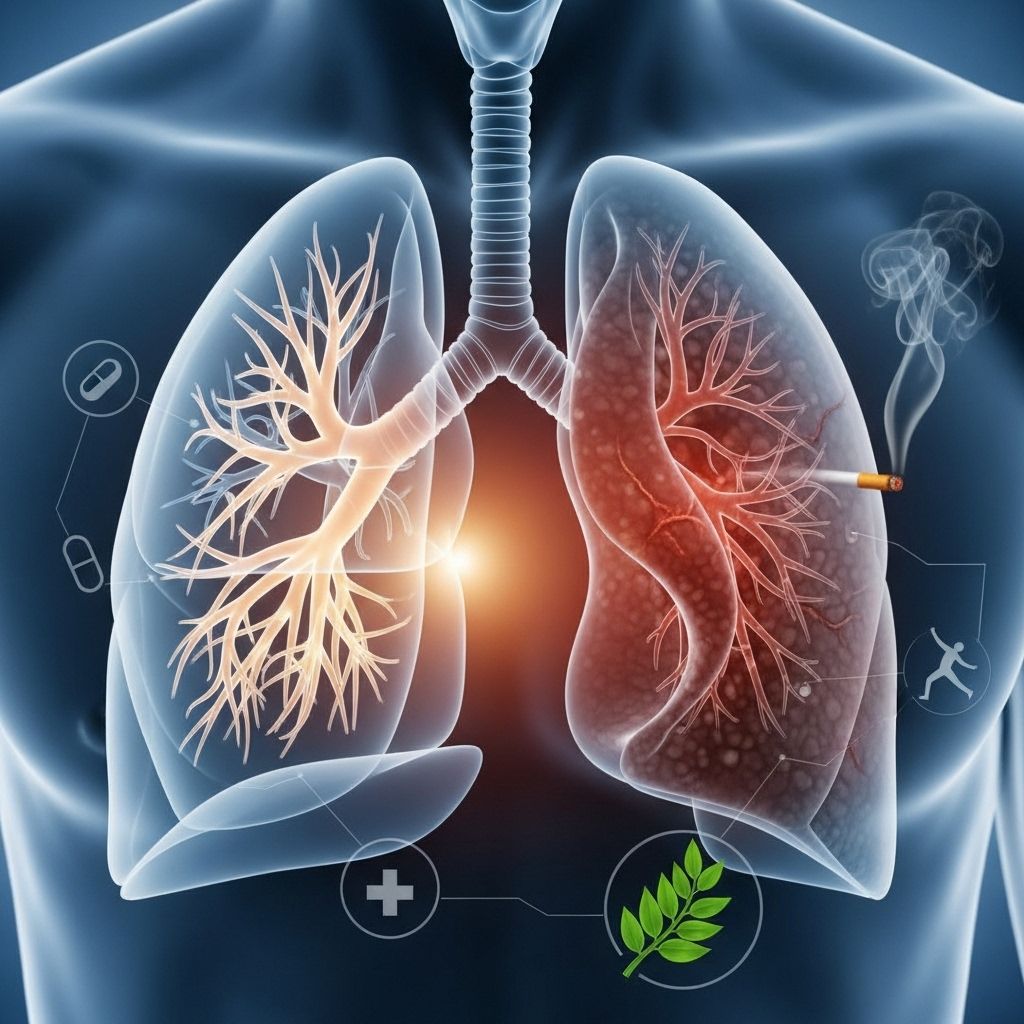
Chronic obstructive pulmonary disease (COPD) is a progressive and treatable lung disorder that restricts airflow, making it hard to breathe. Most often caused by long-term exposure to harmful substances such as cigarette smoke, it is one of the most common respiratory conditions worldwide. Early recognition of symptoms and risk factors combined with proactive management can improve quality of life and prevent severe complications.
Overview
COPD describes a group of ongoing lung conditions characterized by airflow limitation, chronic inflammation, and tissue damage. The main types are emphysema and chronic bronchitis, which frequently occur together. COPD is a major cause of disability and increases the risk of other serious conditions, such as heart disease and lung cancer.
- Emphysema: Destroys the air sacs (alveoli) in the lungs, reducing oxygen exchange.
- Chronic bronchitis: Causes persistent inflammation, swelling, and excess mucus in the bronchial tubes.
Although COPD can worsen over time, effective treatments help many people control their symptoms, maintain activity, and reduce complications.
Symptoms
COPD symptoms often develop gradually and worsen over time. Early detection is important to slow disease progression. Common symptoms include:
- Shortness of breath (dyspnea): Especially during physical activity.
- Chronic cough: Often persistent and may be worse in the mornings.
- Sputum production: Cough frequently brings up mucus (sputum) that may be clear, white, yellow, or greenish.
- Wheezing: A whistling or squeaky sound while breathing.
- Chest tightness: Discomfort or a feeling of constriction in the chest.
Other signs and symptoms as the disease progresses may include:
- Frequent respiratory infections
- Fatigue
- Unintended weight loss (in later stages)
- Swelling in ankles, feet, or legs
Because these symptoms can be similar to those of other lung conditions, consult a healthcare provider for accurate diagnosis and treatment.
When to See a Doctor
Early evaluation is essential if you experience:
- Persistent cough with or without mucus
- Shortness of breath that worsens or limits activities
- Frequent or recurring respiratory infections
- Wheezing or chest tightness
Immediate medical attention is required for:
- Severe shortness of breath or inability to catch your breath
- Blue or gray lips or fingernails (cyanosis)
- Rapid heartbeat or confusion
Causes
Most cases of COPD are caused by long-term exposure to irritants, especially cigarette smoke. Other possible contributors include:
- Secondhand smoke exposure
- Occupational exposure to dust, fumes, vapors, or chemicals
- Air pollution, particularly in areas with poor air quality
- Genetic factors, such as alpha-1 antitrypsin deficiency—a rare inherited condition that can cause COPD even in non-smokers
For some, a combination of these exposures and risk factors can significantly increase the likelihood of developing COPD.
Types of COPD
The two main forms of COPD are chronic bronchitis and emphysema. Most people with COPD have features of both.
| Type | Description | Key Features |
|---|---|---|
| Chronic Bronchitis | Inflammation and narrowing of the bronchial tubes, with increased mucus production. | Daily cough, mucus, frequent respiratory infections. |
| Emphysema | Destruction of the alveoli (lung air sacs), impairing oxygen exchange. | Shortness of breath, reduced exercise tolerance. |
Risk Factors
Several factors may increase the risk of developing COPD. Major risk factors include:
- Smoking: The single most significant risk factor, especially with long-term or heavy use.
- Secondhand Smoke: Passive exposure raises COPD risk.
- Occupational Hazards: Jobs involving exposure to dust, fumes, or chemicals.
- Age: Most cases occur in people aged 40 and above, although symptoms can appear earlier in those with genetic risks.
- Genetics: Alpha-1 antitrypsin deficiency makes some people prone to developing COPD regardless of smoking history.
- Exposure to Air Pollution: Both indoor (such as fumes from heating fuels) and outdoor pollutants contribute.
Complications
COPD increases susceptibility to several serious health problems. Possible complications include:
- Frequent chest infections: Pneumonia and bronchitis are more common.
- Heart problems: COPD can increase the risk of heart attack, arrhythmias, and heart failure.
- Lung cancer: Higher incidence compared to non-COPD individuals, especially in smokers.
- High blood pressure in lung arteries (pulmonary hypertension)
- Depression and anxiety: Living with chronic disease increases risk of mental health issues.
Managing COPD carefully can help reduce the likelihood and severity of these complications.
Prevention
Although not all risk factors for COPD can be controlled (such as genetics), the most effective way to prevent the disease is to avoid or minimize exposure to lung irritants. Key prevention tips include:
- Don’t smoke: The most important step for prevention and slowing progression if already diagnosed.
- Avoid secondhand smoke: Stay away from environments where indoor smoking occurs.
- Use protective equipment at work: Wear masks or respirators when exposed to occupational pollutants.
- Minimize exposure to household air pollution: Ensure good ventilation and avoid burning biomass fuels indoors.
- Regular check-ups: Especially if you have risk factors, to facilitate early detection and intervention.
- Genetic counseling if you have a family history of alpha-1 antitrypsin deficiency.
Frequently Asked Questions about COPD
What does COPD do to the lungs?
COPD causes chronic inflammation and damage to the lungs’ airways and air sacs (alveoli), narrowing air passages, increasing mucus, and reducing oxygen flow to the bloodstream.
Is COPD curable?
There is no cure for COPD, but symptoms can be managed effectively with medication, lifestyle adjustments, and avoiding triggers. Early treatment improves quality of life and outcomes.
Can non-smokers get COPD?
Yes. Although smoking is the primary risk factor, non-smokers can develop COPD due to long-term exposure to secondhand smoke, occupational dust and chemicals, or genetic factors such as alpha-1 antitrypsin deficiency.
How is COPD diagnosed?
Diagnosis typically involves a medical history review, physical examination, and spirometry—a type of lung function test that measures how much air you can inhale and exhale, and how fast.
Is it safe to exercise with COPD?
Light to moderate exercise, when recommended by a healthcare provider, can improve stamina and lung efficiency, reduce symptoms, and support weight management.
Living with COPD
COPD can significantly affect daily life, but with the right treatment and lifestyle approaches, many people can lead active, fulfilling lives.
- Follow your prescribed medication and treatment plan.
- Attend pulmonary rehabilitation if recommended—these programs provide supervised exercises, education, and support.
- Stay physically active and eat a nutritious diet to strengthen the immune system.
- Monitor for symptom changes and report flare-ups early to your healthcare provider.
- Stay up to date with vaccines (flu, pneumonia) to avoid infections.
Summary Table: Key Facts about COPD
| Aspect | Details |
|---|---|
| Nature | Chronic, progressive lung disease |
| Main Types | Emphysema and chronic bronchitis |
| Key Symptoms | Shortness of breath, persistent cough, wheezing, chest tightness, excess mucus |
| Main Cause | Cigarette smoking; other irritant exposures |
| Risk Factors | Smoking, occupational dust/chemicals, air pollution, age, genetics |
| Complications | Infections, heart disease, lung cancer, pulmonary hypertension |
References & Resources
- Mayo Clinic: COPD Symptoms and Causes
- American Lung Association
- Centers for Disease Control and Prevention (CDC)
References
- https://www.mayoclinic.org/diseases-conditions/copd/symptoms-causes/syc-20353679
- https://www.mayoclinic.org/departments-centers/copd-clinic/overview/ovc-20533949
- https://www.mayoclinic.org/diseases-conditions/copd/diagnosis-treatment/drc-20353685
- https://www.mayoclinichealthsystem.org/hometown-health/speaking-of-health/copd-risks-symptoms-and-prevention
- https://www.youtube.com/watch?v=XawgJF8UIUw
- https://www.mayoclinichealthsystem.org/hometown-health/speaking-of-health/checking-the-facts-of-copd
- https://newsnetwork.mayoclinic.org/discussion/mayo-clinic-radio-chronic-obstructive-pulmonary-disease-copd/
- https://www.youtube.com/watch?v=wVKdzxOtl54
Read full bio of Sneha Tete

